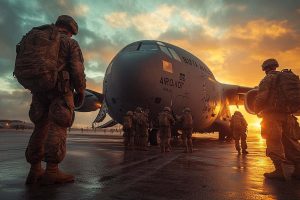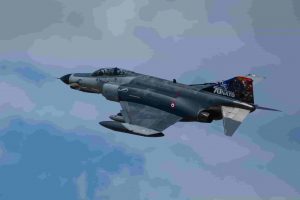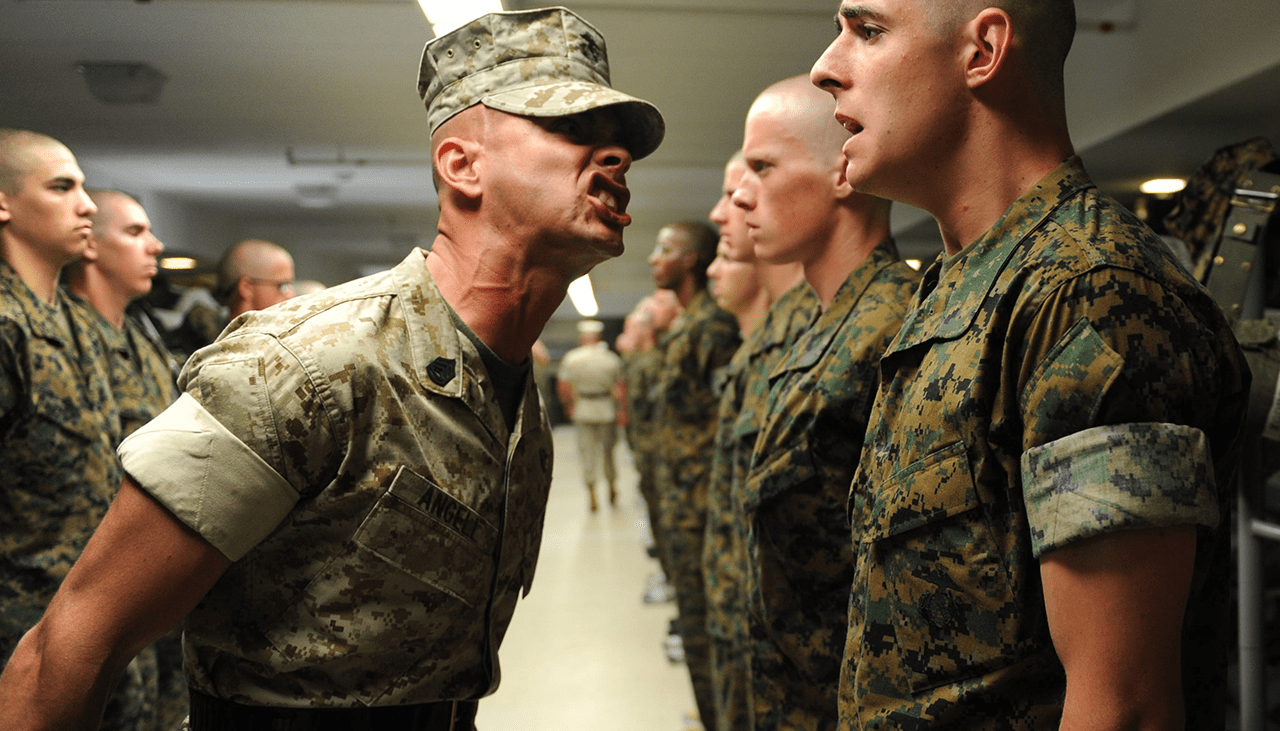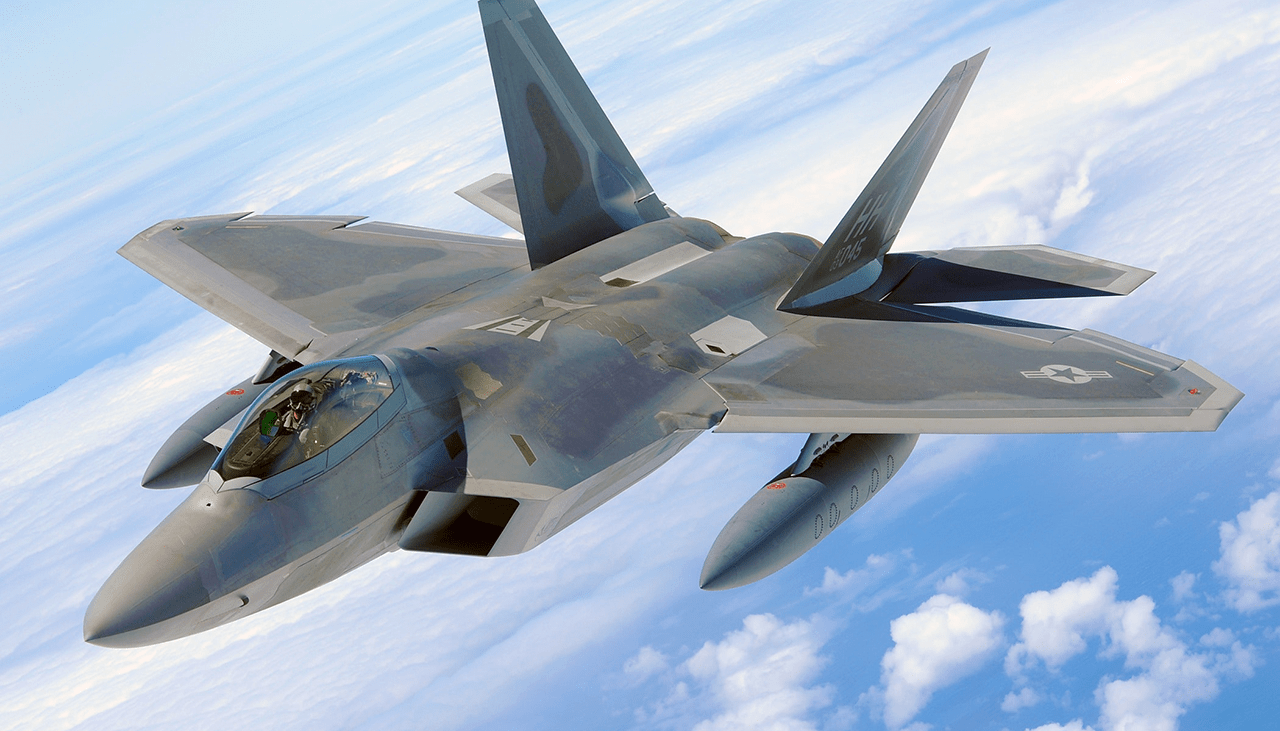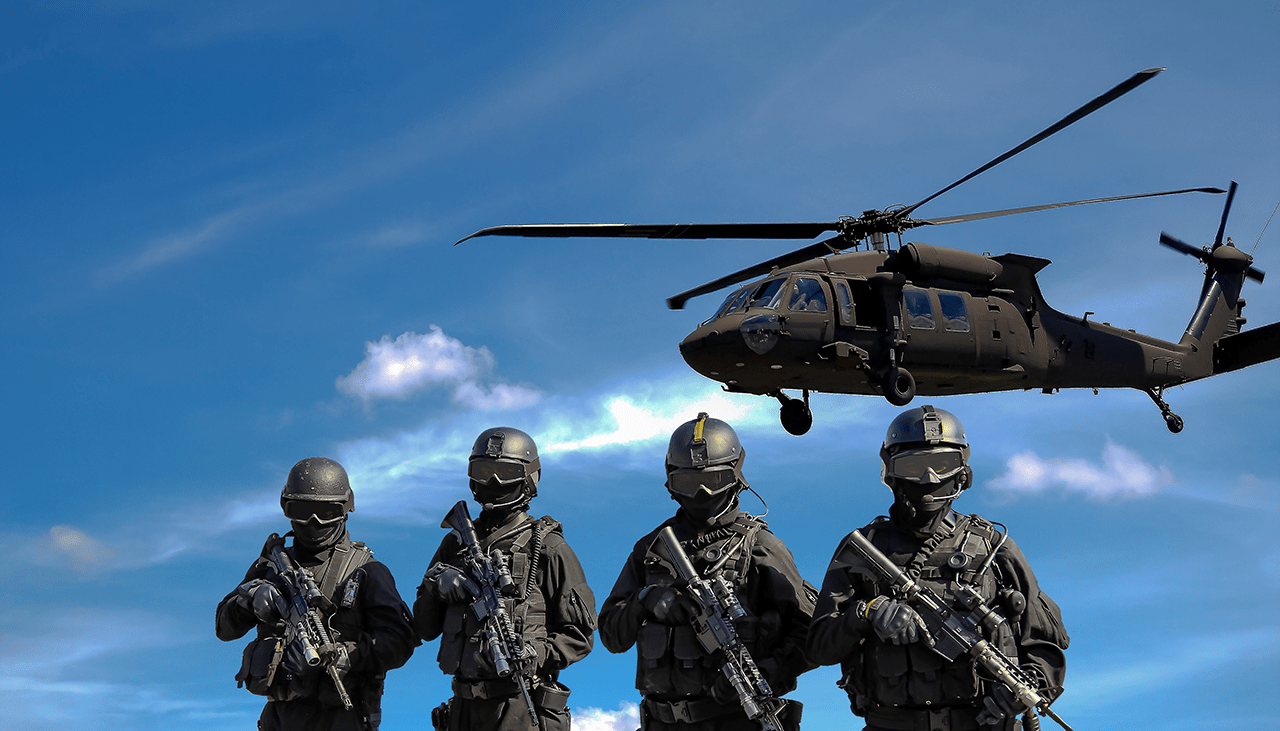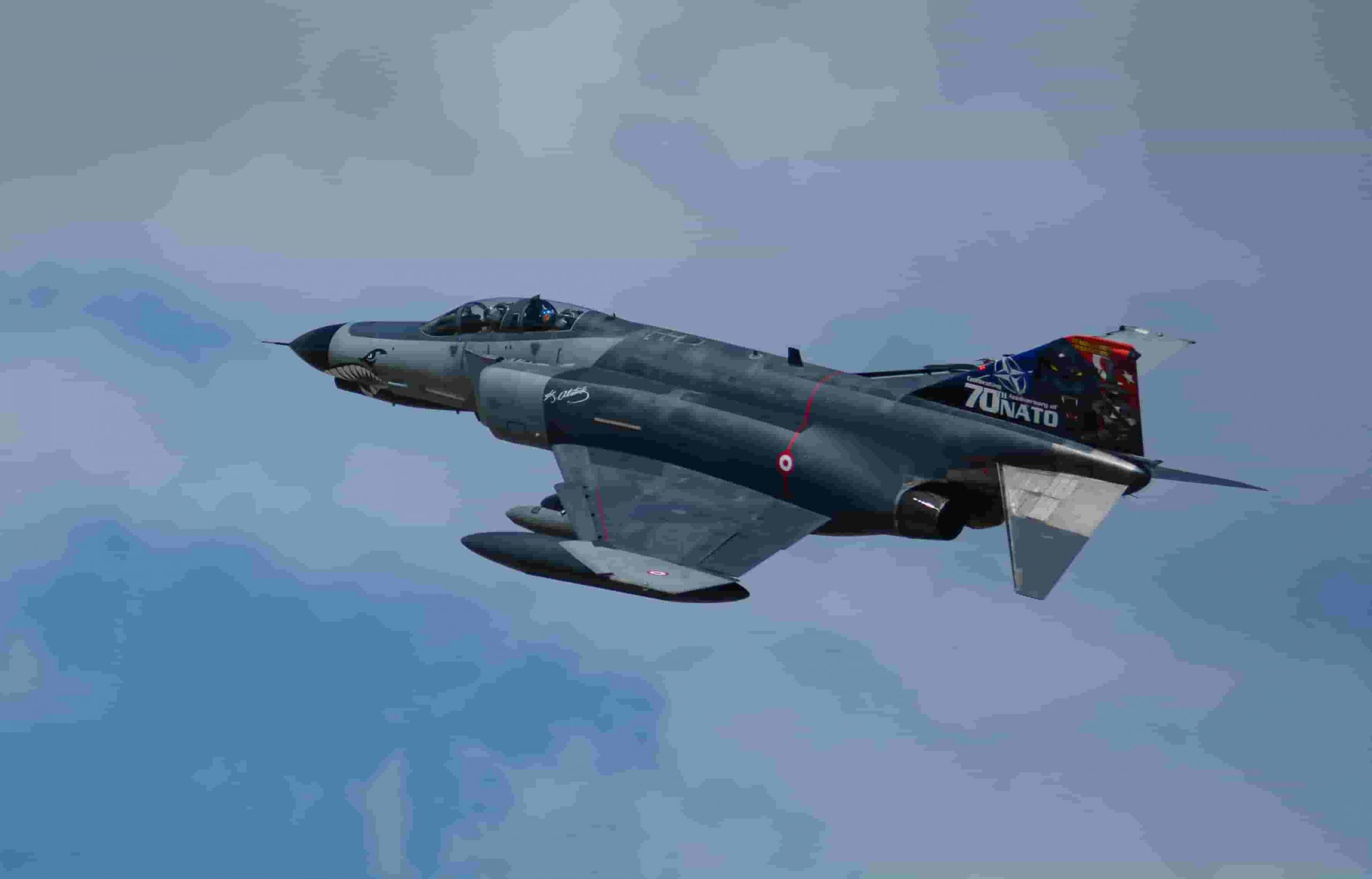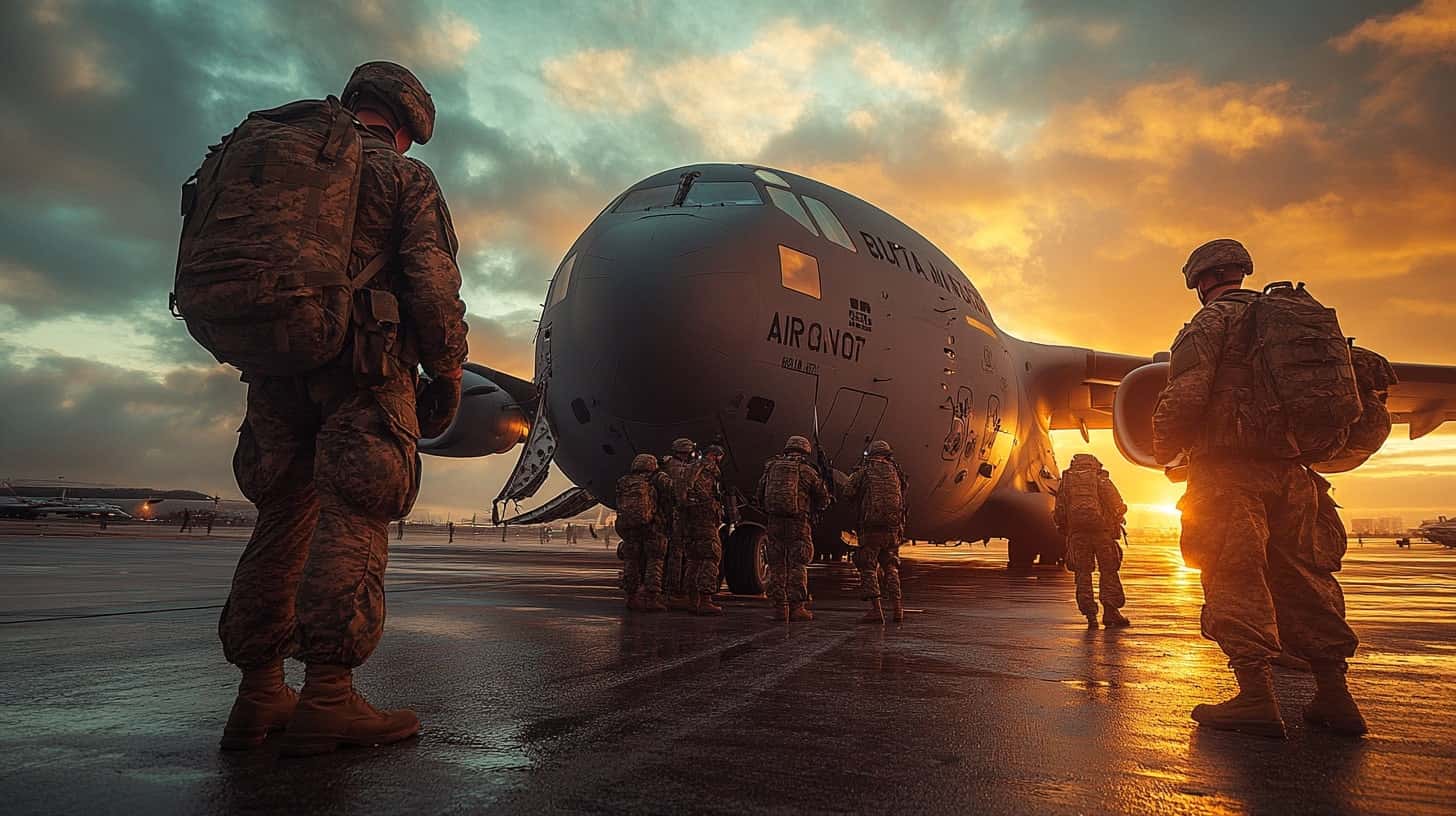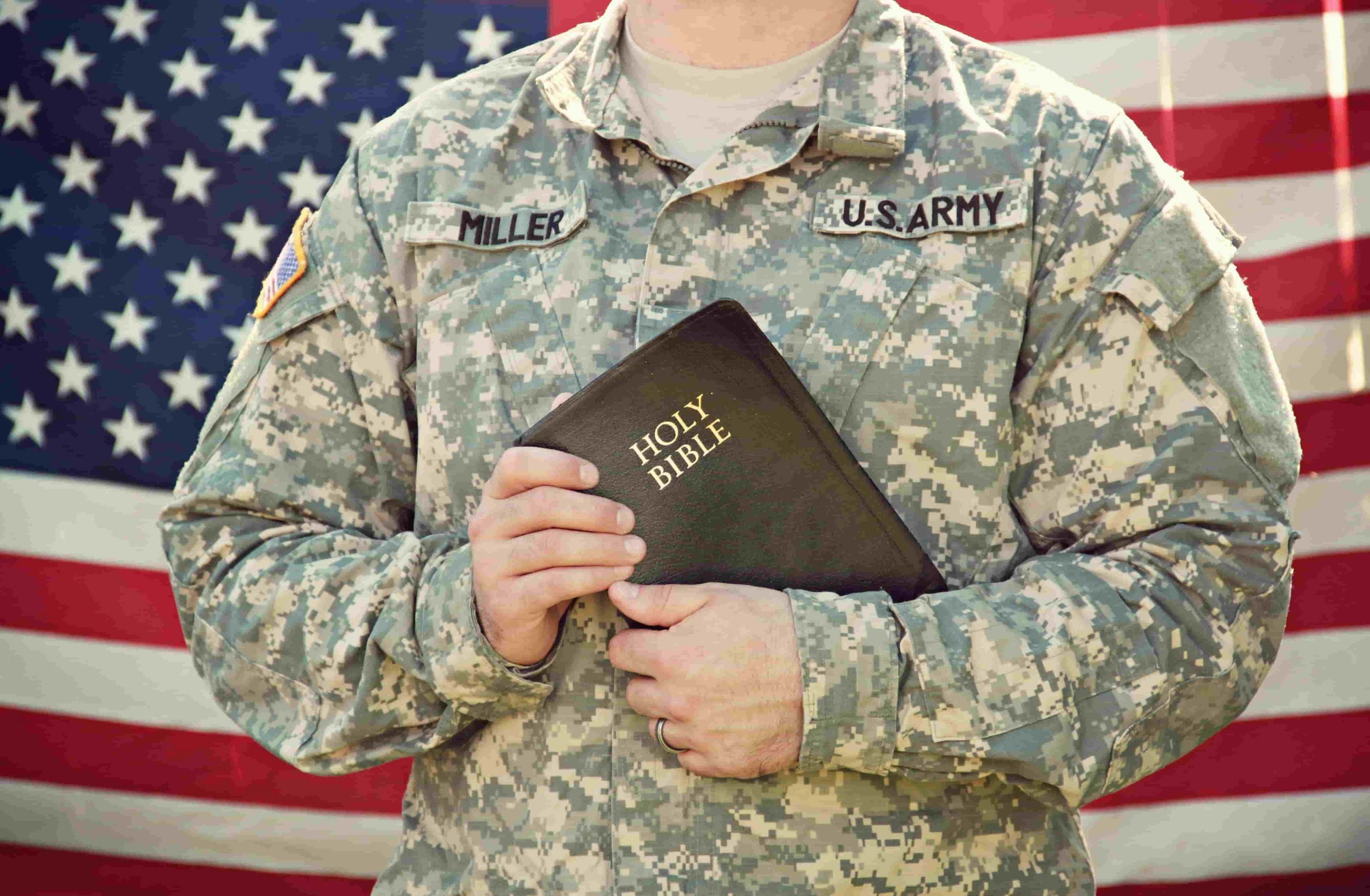Introduction to Airborne Forces
Imagine descending from the skies, landing behind enemy lines with a mission that could turn the tide of battle. This is the daring and audacious world of airborne forces. These specialized military units have long captured the imagination of history buffs, military enthusiasts, and students of warfare. Their unique role involves deploying troops by parachute or aircraft in strategic locations, often behind enemy lines—making them a vital component in modern combat operations.
The concept of airborne forces is not merely about the thrill of jumping out of an airplane. It’s about strategic advantage, surprise tactics, and rapid deployment—elements crucial to wartime success. Historically, airborne forces have been instrumental in key battles, tipping the scales with their ability to strike quickly and unexpectedly. This blog post explores the rich history of airborne forces, from their early beginnings to their lasting legacy and future potential in shaping military strategies.
Early Beginnings
The idea of descending from the sky to gain a tactical edge is not a product of modern warfare. Early concepts of airborne operations can be traced back to the First World War when balloons were used for reconnaissance. However, it wasn’t until the interwar period that the development of parachute technology paved the way for the birth of true airborne forces.
In the 1930s, nations like the Soviet Union began experimenting with parachute troops, envisioning them as a means to conduct rapid strikes deep in enemy territory. These early attempts were rudimentary but laid the groundwork for the airborne operations that would gain prominence in the following decade. The practice of using aircraft to deploy troops offered a new dimension of mobility and surprise, changing the dynamics of military engagements.
The first large-scale test of airborne capabilities came during the Spanish Civil War, where the use of paratroopers proved their potential in achieving swift, strategic victories. These early experiments highlighted both the promise and challenges of airborne warfare, setting the stage for their unprecedented use in World War II.
World War II
World War II marked a turning point for airborne forces, establishing them as indispensable in modern military operations. The war saw the largest and most consequential use of airborne troops, with pivotal campaigns demonstrating their effectiveness and showcasing the bravery of those who dared to drop into the unknown.
One of the most iconic missions was the Allied invasion of Normandy on D-Day, June 6, 1944. Paratroopers from the United States, United Kingdom, and other Allied nations were dropped behind enemy lines in the dark of night. Their mission was to secure key objectives and disrupt German defenses ahead of the massive seaborne invasion. Despite facing intense resistance and scattered landings, the airborne troops played a crucial role in the success of the Normandy invasion.
In the Pacific Theater, airborne operations were also significant. The Japanese paratrooper assault on the Dutch East Indies in 1942 showcased the global reach and strategic value of airborne forces. Meanwhile, American airborne divisions, such as the 11th Airborne, were instrumental in liberating the Philippines from Japanese occupation.
The war demonstrated the versatility of airborne forces, capable of executing a wide range of missions from seizing airfields to disrupting supply lines. Their contributions during World War II solidified their place in military history, proving that the element of surprise and rapid deployment could achieve remarkable outcomes in complex battlefields.
Post-WWII to Present
Following the end of World War II, airborne forces did not fade into obscurity. Instead, they adapted to the changing landscape of global conflicts, maintaining their relevance and effectiveness in various theaters of war. The Cold War era saw numerous instances where airborne forces were employed to achieve strategic objectives.
The Korean War highlighted the flexibility of airborne troops in challenging terrains. The 187th Airborne Regimental Combat Team executed successful airborne assaults, demonstrating their ability to operate in diverse environments. Similarly, during the Vietnam War, American paratroopers conducted air-mobile operations, utilizing helicopters to rapidly insert troops into combat zones.
Technological advancements over the decades have significantly enhanced the capabilities of airborne forces. The introduction of more sophisticated aircraft, improved parachute systems, and modern communication equipment have increased their operational reach and efficiency. These innovations have allowed airborne units to perform complex missions with precision and effectiveness.
In recent conflicts, such as those in Iraq and Afghanistan, airborne forces have continued to prove their worth. Their ability to deploy rapidly and engage in both conventional and unconventional warfare has made them a valuable asset in modern military strategies, underscoring the enduring legacy of airborne forces in contemporary combat.
The Legacy of Airborne Forces
The legacy of airborne forces is deeply ingrained in modern military strategies, shaping the way wars are fought and influencing the development of military doctrines worldwide. Their impact extends beyond the battlefield, affecting military tactics, training, and the overall approach to warfare.
Airborne forces have redefined the concept of mobility and surprise in military operations. Their ability to insert troops behind enemy lines, disrupt communications, and seize critical objectives has fundamentally altered the dynamics of warfare. This legacy is reflected in the continued emphasis on rapid deployment and strategic flexibility in military planning.
The psychological impact of airborne operations cannot be overstated. The mere presence of airborne troops creates uncertainty for adversaries, forcing them to divert resources and attention to potential threats from the sky. This psychological advantage has been a hallmark of airborne forces, enhancing their strategic value.
The legacy of airborne forces is also evident in the development of special operations units. Many of today’s elite military units, known for their agility and unconventional tactics, trace their origins to airborne forces. This enduring influence underscores the pivotal role airborne troops have played in shaping the evolution of military capabilities and the conduct of modern warfare.
Notable Operations and Units
Throughout history, several notable operations and renowned airborne units have left their mark, showcasing the unique capabilities and valor of airborne forces. These operations demonstrate the diverse roles airborne troops have played in achieving strategic objectives across different conflicts.
One such operation was Operation Market Garden during World War II, an ambitious Allied plan to seize key bridges in the Netherlands. Although the operation faced challenges and ultimately did not achieve its full objectives, it highlighted the audacity and determination of airborne forces in executing large-scale missions.
Notable airborne units, such as the 82nd Airborne Division and the British Parachute Regiment, have become synonymous with excellence and bravery. These units have consistently demonstrated their ability to adapt to evolving challenges and overcome formidable obstacles in pursuit of victory.
The Israeli Defense Forces’ use of airborne forces during the Six-Day War of 1967 exemplifies how airborne operations can achieve swift, decisive victories. The successful assault on key positions paved the way for rapid advances, underscoring the strategic advantage of airborne troops in dynamic battles.
The Future of Airborne Warfare
As we look to the future, the role of airborne forces in warfare is poised to evolve further, driven by advancements in technology and the changing nature of conflicts. The integration of cutting-edge technologies promises to enhance the capabilities and effectiveness of airborne operations.
One area of innovation is the development of more advanced airdrop systems and aircraft. The use of precision-guided parachutes and high-altitude, low-opening (HALO) techniques allows for more accurate and flexible deployments, minimizing the risk of detection and increasing the element of surprise.
The integration of artificial intelligence and data analytics is also reshaping the way airborne forces operate. AI can optimize mission planning, predict enemy movements, and enhance situational awareness, enabling airborne units to make rapid, informed decisions in complex environments.
The future of airborne warfare may also see increased collaboration between airborne forces and other military branches. The integration of drones, cyber capabilities, and space-based assets can provide a holistic approach to rapid deployment and strategic dominance.
Conclusion
The history and legacy of airborne forces in combat is a testament to their pivotal role in shaping military strategies and achieving strategic objectives. From their early beginnings to their defining moments in World War II and beyond, airborne forces have consistently demonstrated their versatility, bravery, and impact on the battlefield.
Their legacy is etched in the annals of military history, influencing the development of tactics, training, and modern warfare. The enduring presence of airborne forces in contemporary conflicts underscores their continued relevance and adaptability in the face of evolving challenges.
As we look to the future, the advancements in technology and the changing nature of warfare hold exciting possibilities for airborne forces. Their ability to swiftly deploy, adapt, and execute missions with precision will continue to make them a vital asset in military operations around the world.
For history buffs, military enthusiasts, and students of warfare, the story of airborne forces is one of courage, innovation, and enduring impact—a story that continues to unfold on the dynamic landscape of global conflicts.

